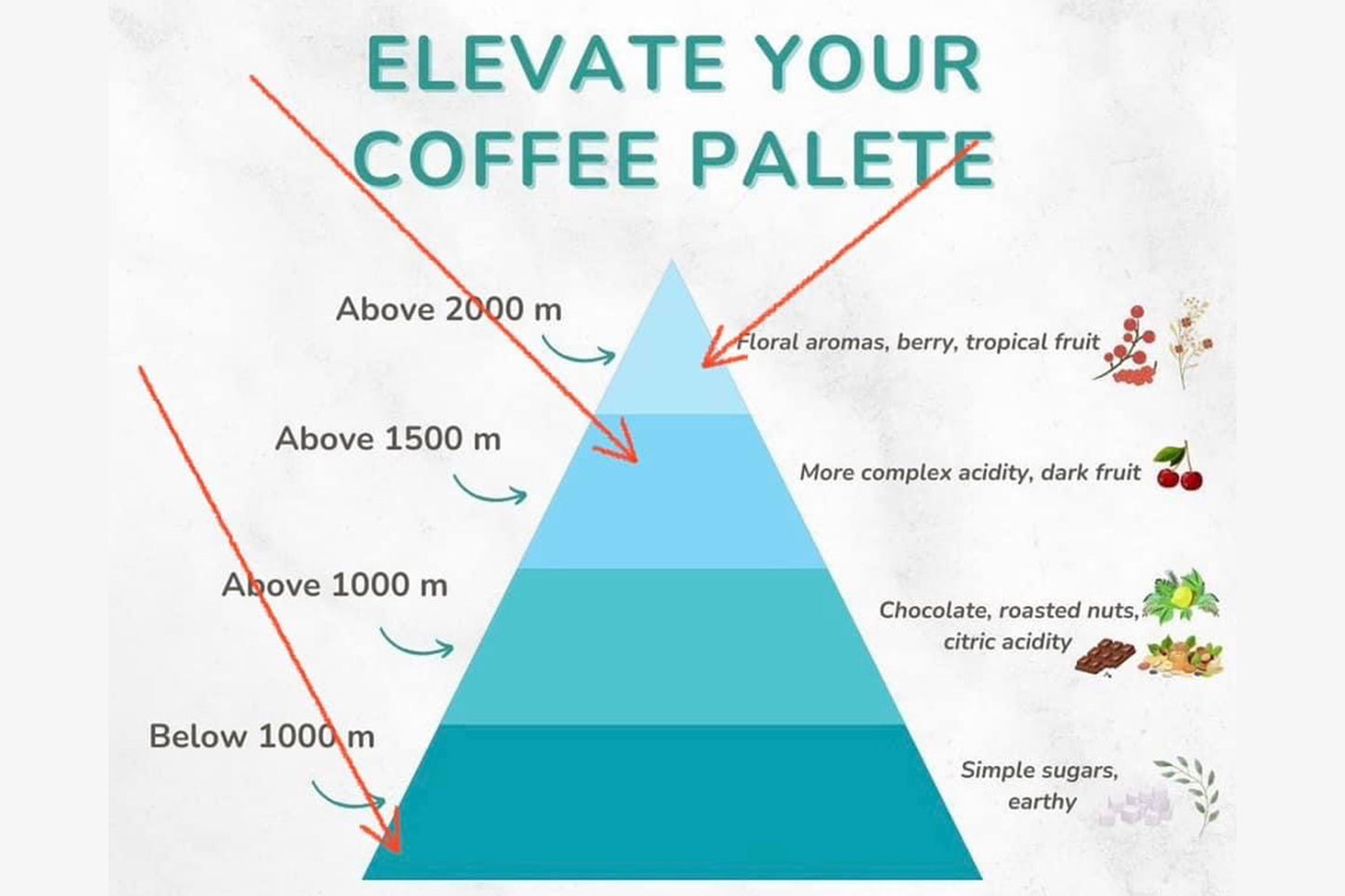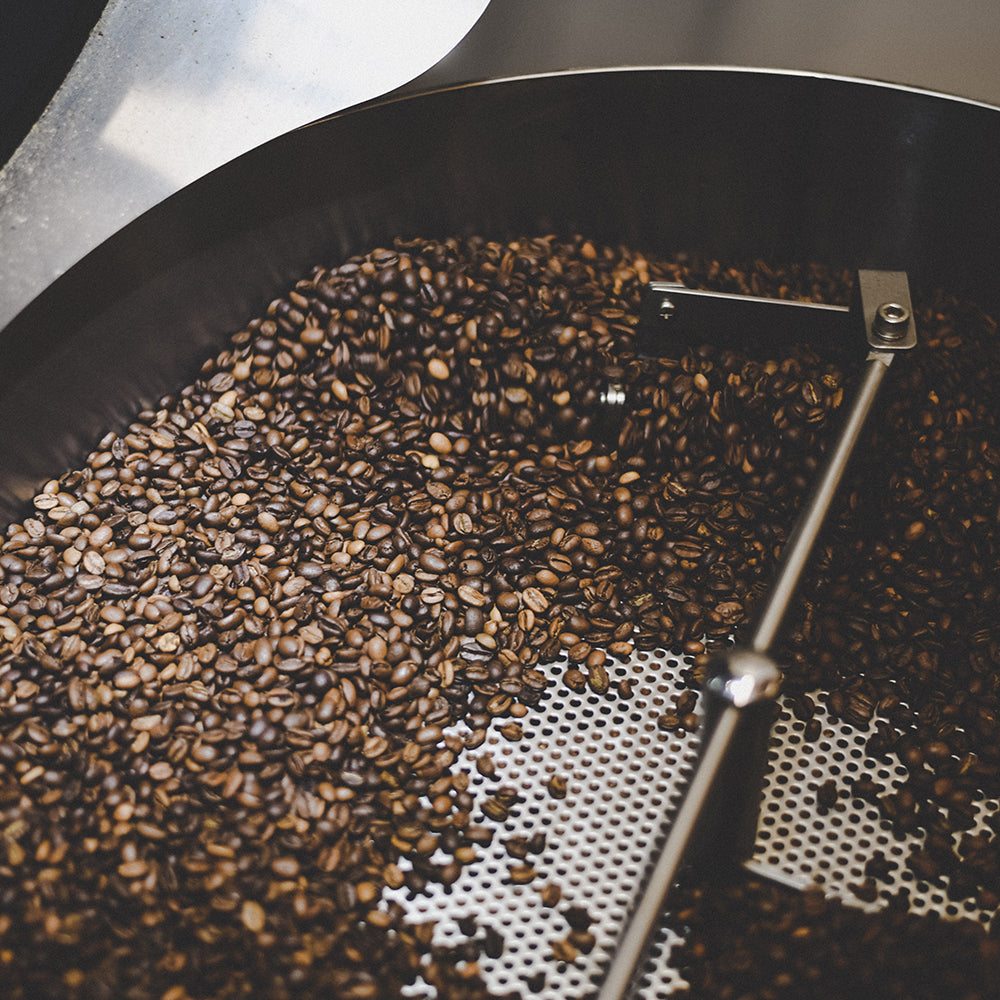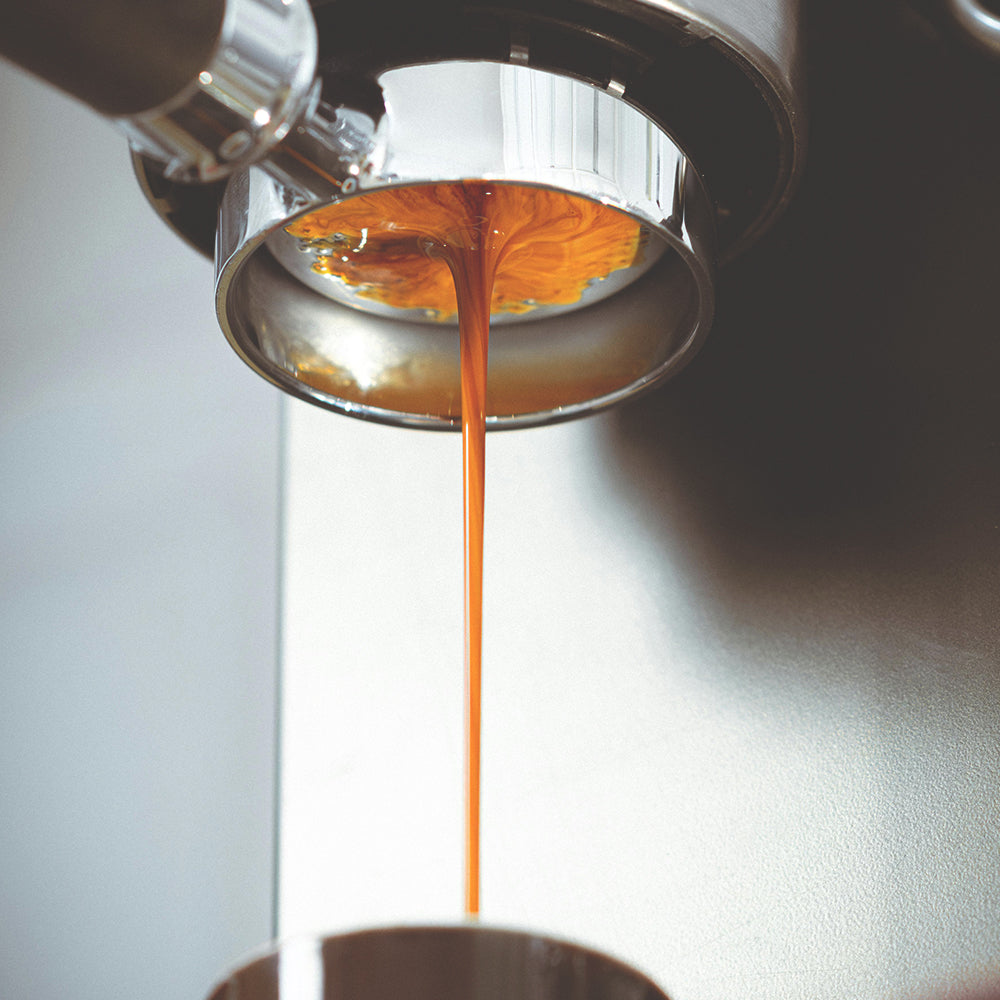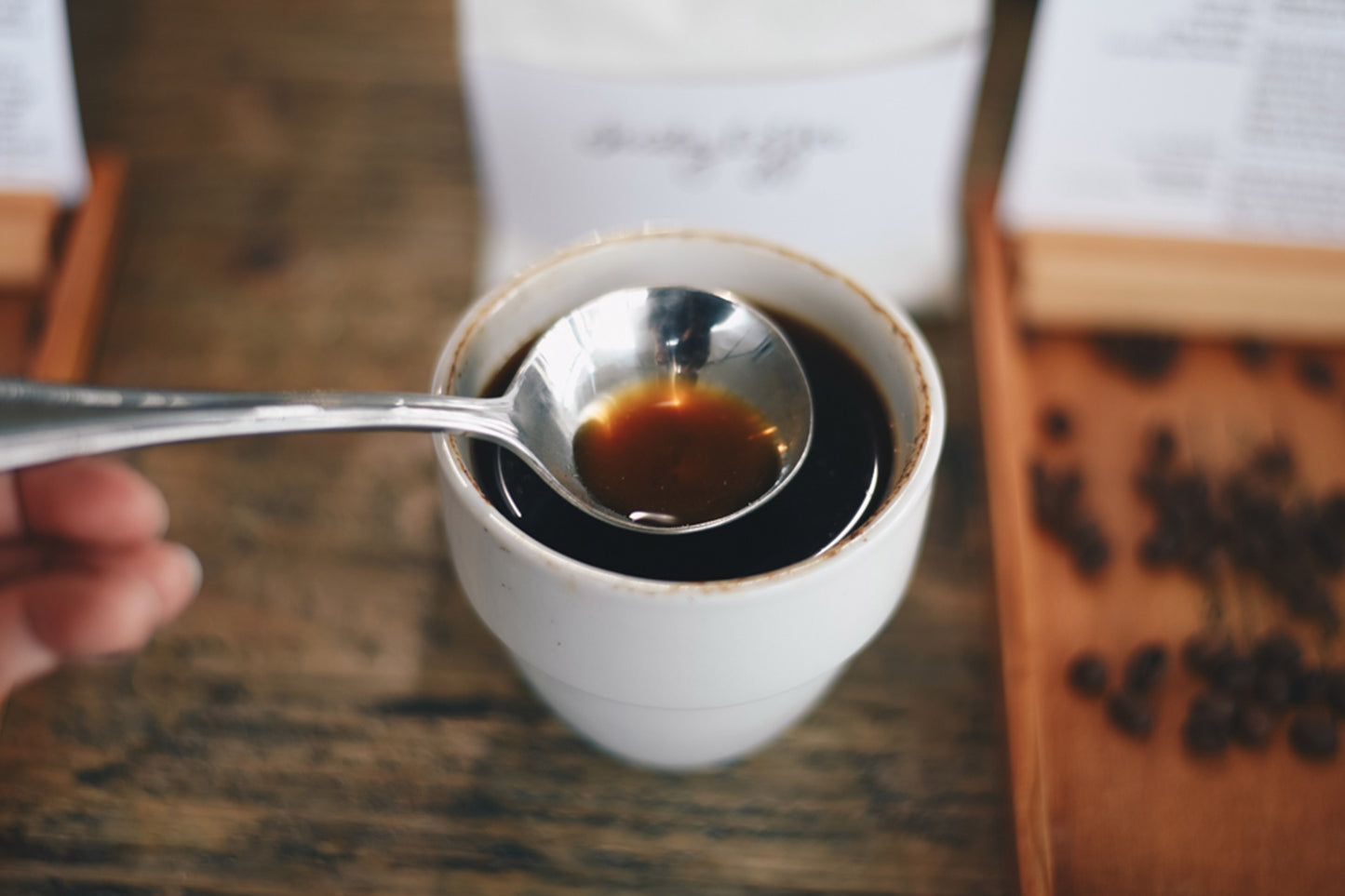
Coffee these days is more interesting than ever, the way that we talk about coffee is more than ever similar to the way we talk about wine and/or beer. As with wine or beer it is fascinating to uncover and explain where coffee flavour comes from.
“Why does this Ethiopian coffee taste peachy, but last time it tasted more like blueberry?”
I guess we need to start by talking about origin, and the relationship that has on the flavour of coffee. Let's take Ethiopia as an example, different beans from different regions of Ethiopia can taste similar and yet different at the same time.
-
Soil
Since the word "terroir" means earth in French, it’s no surprise that soil is on the list. It is important to understand how the organic compositions and minerals in the soil can be absorbed into the coffee plant. In particular, volcanic soil is great for coffee. It’s rich in nutrients such as magnesium, phosphorus, potassium, calcium, and zinc, all of which are essential for the plant and can help build rich organic compositions in the coffee cherry & its seeds.
It is not only just the type of soil, but how the soil is laid out in the surrounding. The soil with more oxygen-rich and organic materials can guarantee better water retention during rainy seasons, creating reserves for the dry periods. In turn, this directly helps the coffee plants access nutrients and minerals creating a tastier flavour profile in your coffee.
-
Climate
Coffee people talk about a specific stretch of area that is suitable for growing coffee around the globe called "The Coffee Belt". Yet, in "The Coffee Belt" which covers between the tropics of Cancers to tropics of Capricorn, there are many different climates - both macro and micro.
It is important to have distinct dry and wet seasons as well as defined temperature/wind/rainfall patterns. This helps the flowering and maturation of the coffee cherry that will further on to create clarity and complexity in coffee flavour.
-
Elevation
Usually the higher we grow coffee, the sweeter and the higher quality the fruits are going to become. However, it is not as simple as altitude but also it is about the climate that comes with it. As the altitude increases the colder atmosphere which in turn creates more acidity both in coffee and wine.
It directly affects the process of maturation of the fruit. The fruits with slower development have characteristics such as a higher concentration of sugars, and so the coffee seed becomes more complex and denser.
Since elevation is really about temperature, it’s important to also consider the distance from the equator, wind factor, and more when talking about it. Elevation can be a useful tool for comparing two farms from the same region; but it’s not so useful for comparing, say, an Ecuadorian coffee with a Mexican one or a Yemeni coffee with a Kenyan as there are so many other factors which effect differences between them.
Coffee Varietal
Similar to grape vines in wine, coffee has different species and varieties which exist in different areas. So the two common terms that were thrown around are Arabica and Robusta, they can be understood almost as white or red wine. Pretty vague, isn't it? Well, have a look at the family tree of coffee, that is when we realise how vague we have been by only using two common terms to talk about coffee.
Yet, within two common species, farmer often need to choose what type of varietals (Geisha, bourbon or caturra....etc) are suitable for them to grow on the particular terroir that is suitable on their farm.
Each coffee varietal will have its own unique characteristic just like a grape vine. Ethiopian heirloom coffees often taste very floral and have a distinct citrus-like character often described as lime. The Geisha varietal seems dominated by floral and fruity descriptives. Where Caturra & bourbon come out quite similar, both tasting sweet and juicy. But this is not actually that surprising, because when we dive into the family tree of coffee then we can see that Caturra arose from a naturally occurring mutation of the Bourbon varietal.
To some farmers, deciding on the varietal for their farm is a conscious decision, to others it is simply what has been growing on the land for generations.
How and when coffee is harvested
Coffee is a natural produce, just like many produce, the flavour of the coffee to a degree will be affected by how and when it was harvested. The understanding and expertise of the farms largely dictates when the coffee cherries are harvested, as there is not a universal colour code to tell farmers when to pick the cherry. Different farms harvest their coffee cherries at varying levels of ripeness as a vast majority still rely heavily on traditions rather than experience.
All in all, coffee is a product of passion and labour. While there are another two important steps in MANIPULATING the flavours in coffee (processing & roasting), we personally think that the coffee flavour originates from where it is grown and the care and expertise taken by the farmer.
The processing and roasting of coffee are topics in their own right and we will discuss them more in the future.
For now, enjoy the flavour of mother earth through coffee.







